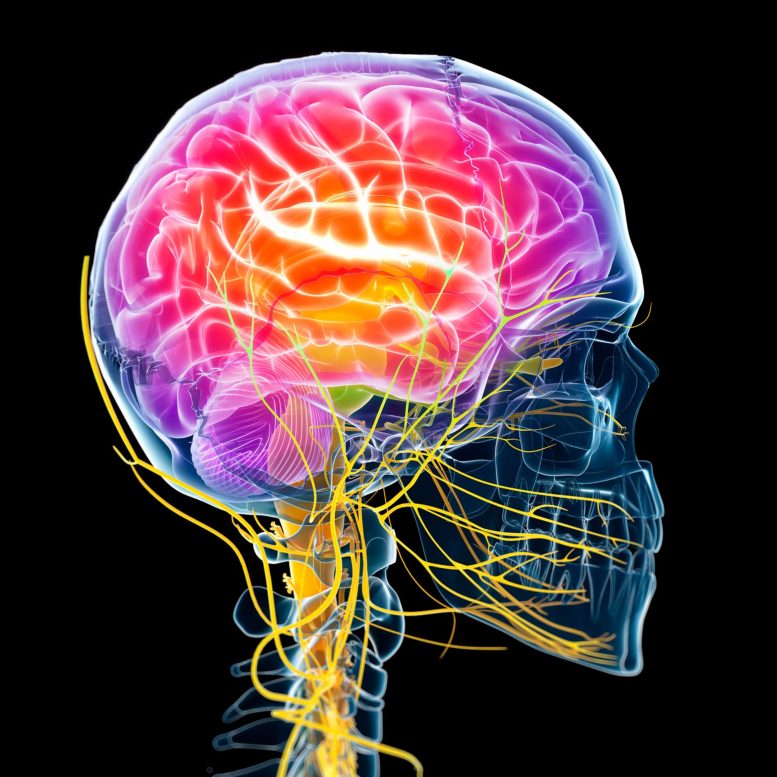
A study from the University of California San Diego reveals that differences in brain development associated with autism begin in utero, with larger and faster-growing brain cortical organoids in autistic toddlers correlating with more severe symptoms. This research opens new avenues for understanding and potentially treating autism.
Researchers at the University of California San Diego discovered that an unusually large brain could be the first sign of autism, potentially detectable in as early as the first trimester.
Some children with autism face severe, enduring challenges including developmental delays, social difficulties, and possibly an inability to speak. Meanwhile, others may have milder symptoms that lessen over time.
The disparity in outcomes has been a mystery to scientists, until now. A new study, published in Molecular Autism by researchers at the University of California San Diego, is the first to shed light on the matter. Among its findings: The biological basis for these two subtypes of autism develops in utero.
Scientists used blood-based stem cells from 10 toddlers, ages 1 through 4, with idiopathic autism (in which no single-gene cause was identified) to create brain cortical organoids (BCOs), or models of the fetal cortex. They also created BCOs from six neurotypical toddlers.
Findings on Brain Development
Often referred to as gray matter, the cortex lines the outside of the brain. It holds tens of billions of nerve cells and is responsible for essential functions like consciousness, thinking, reasoning, learning, memory, emotions and sensory functions.
Among their findings: The BCOs of toddlers with autism were significantly larger — roughly 40 percent — than those of neurotypical controls, according to two rounds of study performed in different years (2021 and 2022). Each round involved the creation of hundreds of organoids from each patient.
The researchers also found that abnormal BCO growth in toddlers with autism correlated with their disease presentation. The larger a toddler’s BCO size, the more severe their social and language symptoms were later in life, and the larger their brain structure on MRI. Toddlers with excessively enlarged BCOs showed greater-than-typical volume in social, language, and sensory brain areas when compared to neurotypical peers.
“The bigger the brain, the better isn’t necessarily true,” said Alysson Muotri, Ph.D., director of the Sanford Stem Cell Institute (SSCI) Integrated Space Stem Cell Orbital Research Center at the university. The SSCI is directed by Catriona Jamieson, M.D., Ph.D., a leading physician-scientist in cancer stem cell biology whose research explores the fundamental question of how space alters cancer progression.
“We found that in the brain organoids from toddlers with profound autism, there are more cells and sometimes more neurons — and that’s not always for the best,” added Muotri, who is also a professor in the Departments of Pediatrics and Cellular and Molecular Medicine at the UC San Diego School of Medicine.
What’s more, the BCOs of all children with autism, regardless of severity, grew roughly three times faster than those of neurotypical children. Some of the largest brain organoids — from children with the most severe, persistent cases of autism — also saw the accelerated formation of neurons. The more severe a toddler’s autism, the quicker their BCO grew — sometimes to the point of developing an excess of neurons.
Unique Aspects of the Study
Eric Courchesne, Ph.D., a professor in the School of Medicine’s Department of Neurosciences who co-led the research with Muotri, called the study “one of a kind.” Matching data on children with autism — including their IQs, symptom severity, and imaging like MRIs — with their corresponding BCOs or similar stem cell-derived models makes an incredible amount of sense, he said. But oddly enough, such research hadn’t been undertaken ahead of their work.
“The core symptoms of autism are social affective and communication problems,” said Courchesne, who also serves as co-director of the UC San Diego Autism Center of Excellence. “We need to understand the underlying neurobiological causes of those challenges and when they begin. We are the first to design an autism stem cell study of this specific and central question.”
It’s long been assumed that autism, a complex pool of progressive disorders, begins prenatally and involves multiple stages and processes. While no two people with autism are like — just as no two neurotypical people are — those with the neurodevelopmental condition can generally be grouped into two categories: those who have severe social struggles and require lifelong care, and may even be nonverbal, and those who have a milder version of the condition who eventually develop good language skills and social relationships.
Scientists haven’t been able to ascertain why at least two groups of individuals with autism exist. They also haven’t been able to prenatally identify children with autism, let alone predict how severe their condition might be.
Now that Courchesne and Muotri have established that brain overgrowth begins in the womb, they hope to pinpoint its cause, in a bid to develop a therapy that might ease intellectual and social functioning for those with the condition.
Reference: “Embryonic origin of two ASD subtypes of social symptom severity: the larger the brain cortical organoid size, the more severe the social symptoms” by Eric Courchesne, Vani Taluja, Sanaz Nazari, Caitlin M. Aamodt, Karen Pierce, Kuaikuai Duan, Sunny Stophaeros, Linda Lopez, Cynthia Carter Barnes, Jaden Troxel, Kathleen Campbell, Tianyun Wang, Kendra Hoekzema, Evan E. Eichler, Joao V. Nani, Wirla Pontes, Sandra Sanchez Sanchez, Michael V. Lombardo, Janaina S. de Souza, Mirian A. F. Hayashi and Alysson R. Muotri, 25 May 2024, Molecular Autism.
DOI: 10.1186/s13229-024-00602-8
Co-authors of the study include Vani Taluja, Sanaz Nazari, Caitlin M. Aamodt, Karen Pierce, Kuaikuai Duan, Sunny Stophaeros, Linda Lopez, Cynthia Carter Barnes, Jaden Troxel, Kathleen Campbell, Tianyun Wang, Kendra Hoekzema, Evan E. Eichler, Joao V. Nani, Wirla Pontes, Sandra Sanchez Sanchez, Michael V. Lombardo and Janaina S. de Souza.
This work was supported by grants from the National Institute of Deafness and Communication Disorders, the National Institutes of Health, the California Institute for Regenerative Medicine and the Hartwell Foundation. We thank the parents of the toddlers in San Diego whose stem cells were reprogrammed to BCOs.

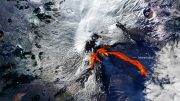
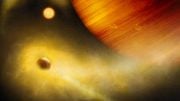

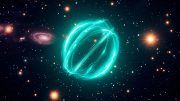
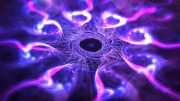
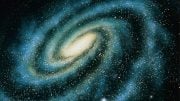
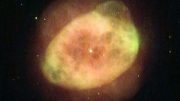
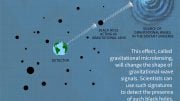
Be the first to comment on "Scientists May Have Discovered the First Sign of Autism: An Unusually Large Brain"